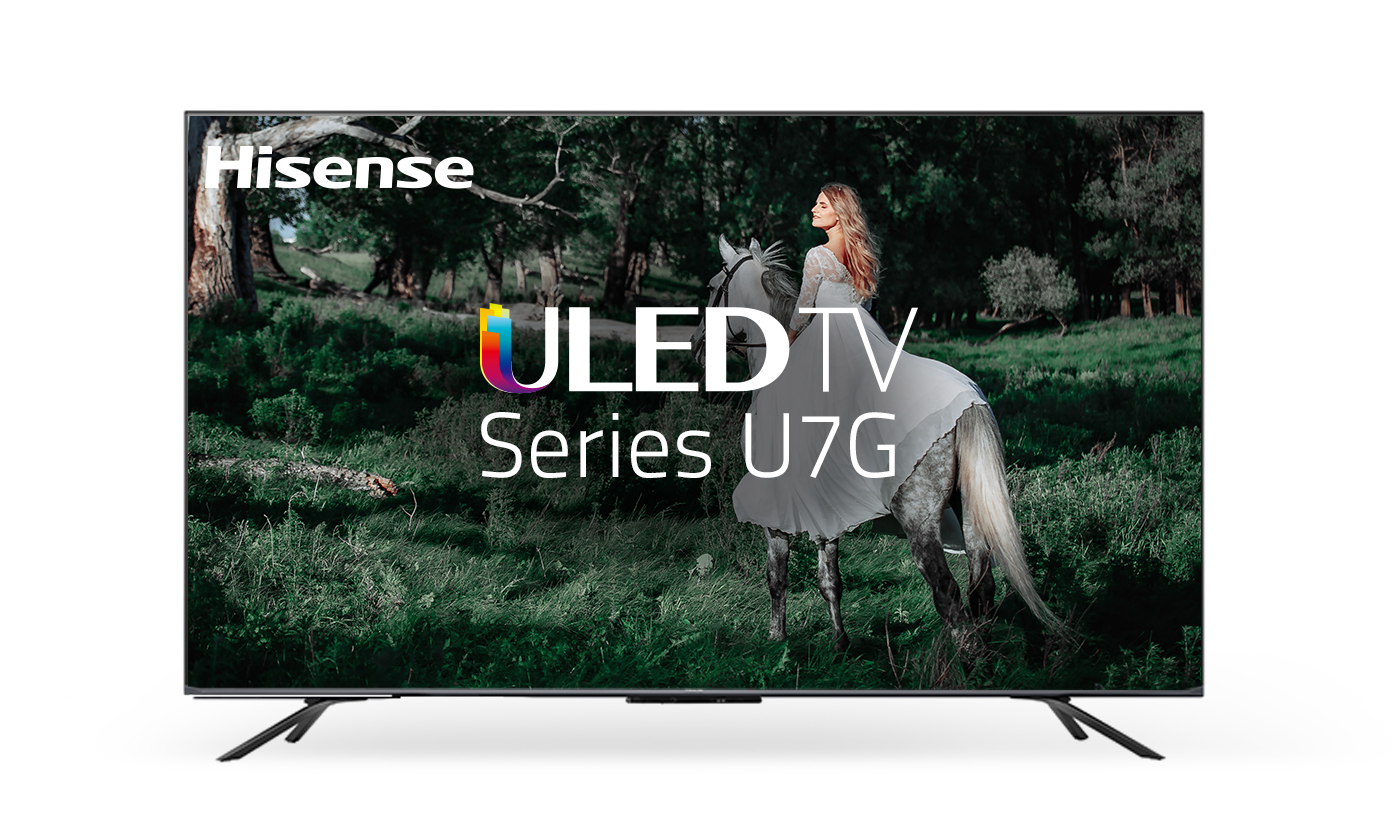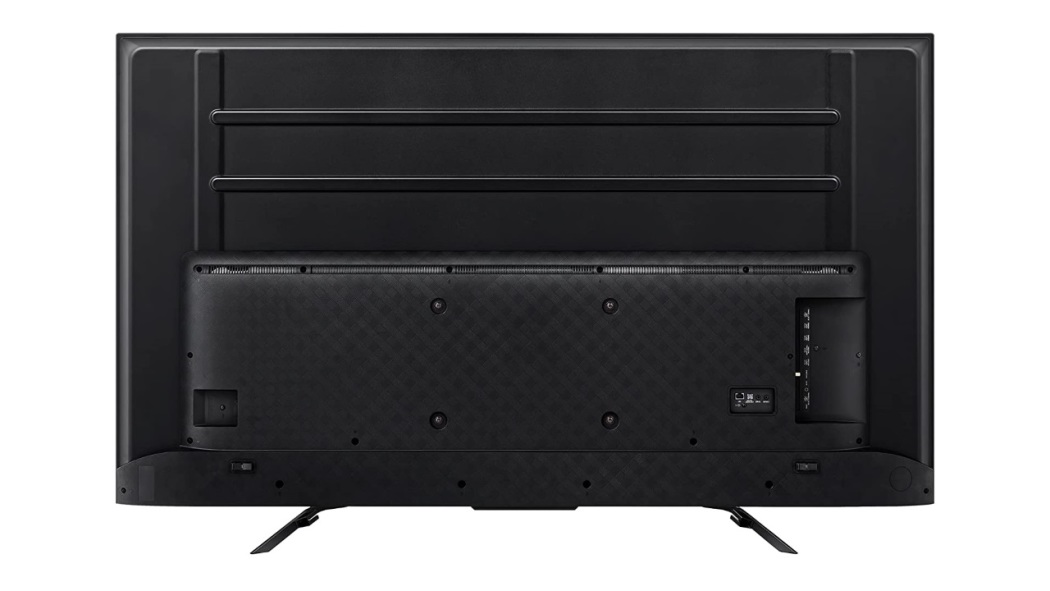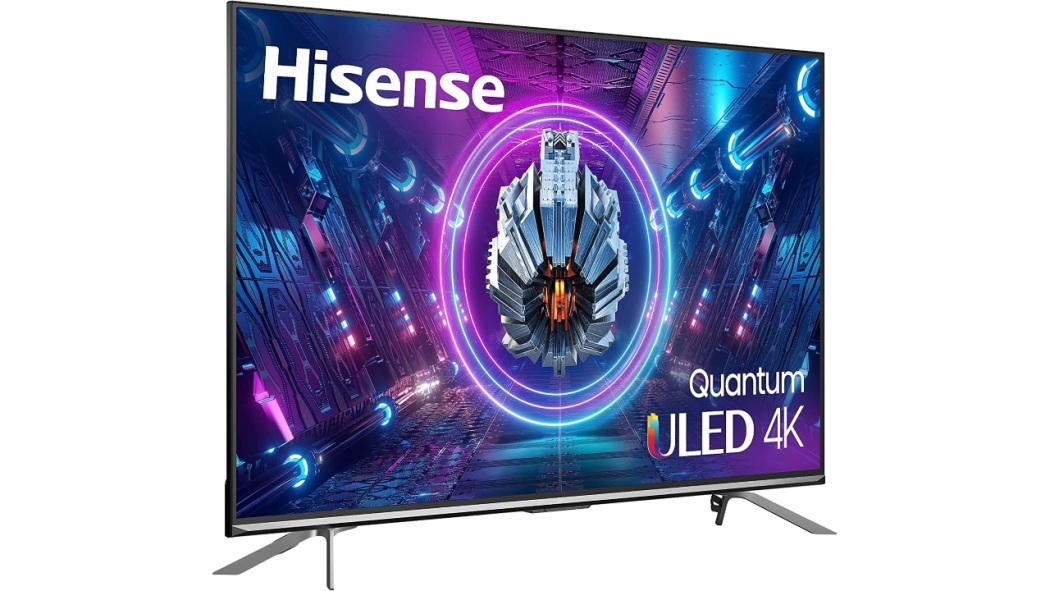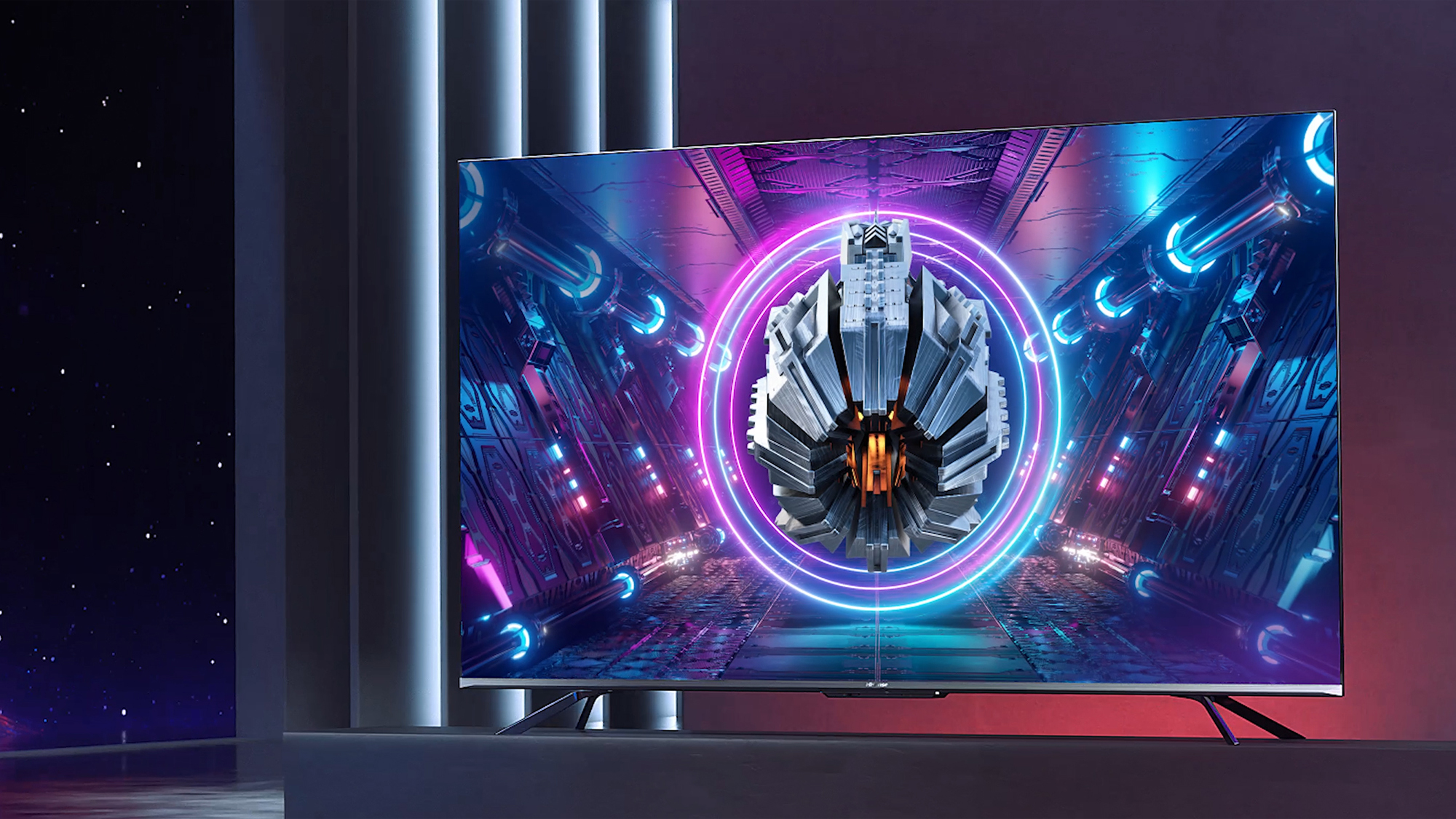The Hisense U7G ULED TV brings ULED into the list of the best TVs thanks to a host of impressive features in a does-it-all package that still manages to keep the price relatively low.
This is by no means a cheap TV, as many of Hisense offerings are. Rather, this represents Hisense going for the top-end and offering the best features found in a Hisense TV yet, in a relatively affordable set.
Thankfully, this doesn't take sides on HDR meaning that you can have Amazon Prime Video at its best in HDR10+ or Netflix and Disney+ offering peak quality in Dolby Vision. Many TVs, like LG, Sony and Samsung, don't offer both.
Read on to find out if the Hisense U7G ULED TV is for you.
Hisense U7G ULED TV review: Picture
The Hisense U7G TV is up there with the top-end models in terms of display features. This is thanks to a combination of a 4K ULED panel and the ability to offer a 120Hz refresh rate. While it doesn't quite cover the entire DCI-P3 color space, it sure does produce some impressively rich colors.

Average price: $999+
Sizes available: 55", 65" and 75"
Screen type: ULED
4K ready? Yes
8K ready? No
HDR type: Dolby Vision and HDR10+
Audio type: Dolby Digital Plus
HDMI connections: 4 (2x2.1, 2x2.0)
Other connections: 2 x USB, 1 x Ethernet, Digital and analog audio out, Composite in, Headphones, Tuner.
The full array local dimming backlighting does a good job of creating super bright images. This combined with the anti-glare screen makes for a TV that performs really well in daylight. But enter darker situations, when watching a movie, say, and the dark areas aren't as well defined as some TVs with this type of tech. It's not bad, just not great either. It's that trade off between getting a great bright picture and sacrificing the darker scenes to things like blooming (also known as the 'halo effect'.)
The downside on this panel is the viewing angles, which were below average. Nowadays that's still not bad but this does visibly lose quality as you view from a wider angle with colors being washed out. So this might not be the ideal TV for big groups watching sports. What it is certainly built for, though, is gaming.
Thanks to a really low input lag and that 120Hz screen you get teh kind of smoothness that makes this good enough to replace a dedicated gaming monitor. The TV switches to game mode automatically when you fire up a console. Presuming you're using one of the two HDMI 2.1 ports you can enjoy 4K and 120Hz gaming with rich color, bright images and buttery-smooth movements.
Hisense U7G ULED TV review: Sound
The Hisense ULED TV has your basic two-channel speaker setup but it does make the most of these. You have IMAX Enhanced and Atmos software smarts working to get the best end result for audio. Sure, the bass is always going to be limited but with modes like Theater, you can get boosts to the areas where you need them.

This is an Android TV powered device meaning you have access to lots of smart sound modes that adjust the bass and mid-range dialogue levels to suit your experience. There's even a five band equalizer for more advanced controls, for those that need it.
Ideally this TV will work well hooked up to one of best soundbars or a complete home theater system.
Hisense U7G ULED TV review: Design and build
This TV looks every bit the premium-quality television that its specs suggest it is. There's a super slim bezel that makes the screen look like it's floating on the TV's very minimal metallic legs.
While those legs look pretty standard at first glance, these are actually rare in that they offer more than one position. The feet can be positioned either out at the edges of the TV or closer to the centre – ideal for smaller spaces where the TV is near the walls or a unit, for example.

Round the back is a standard big plastic rear covering and there is an array of ports. These include two HDMI 2.1 ports – one with eARC – two HDMI 2.0 ports, two USB – one with USB 3.0 – Ethernet, a headphone jack, composite in, optical digital audio and tuner. All the HDMI ports and one USB port are easily accessed on the side of the TV.
Inside, everything is run by Android TV meaning that you get all the latest apps and plenty of smartphone control support. This offers you lots of personalization control over what is displayed on screen. The remote also hass lots of useful shortcut buttons making this super easy to use streaming services quickly. Google Assistant also works well as a way to control the TV using your voice, from turning it on to launching Netflix.
Hisense U7G ULED TV review: should you buy?
If you want a bright TV that's built for gaming and packs in some future-ready tech that will serve you well for years to come, then this is a well-priced TV that ticks those boxes. It's also ideal if you want both Dolby Vision and HDR10+ for the broadest of streaming options at the best quality.
For anyone that wants better dark imagery then it might be worth looking at an OLED since these are now more affordable and better quality than ever.
Other TV reviews: Samsung Q90R review | LG C9 OLED review | Vizio M-Series Quantum review | Samsung Q950TS 8K TV review | Sony A9G OLED review | TCL 6-Series TV

